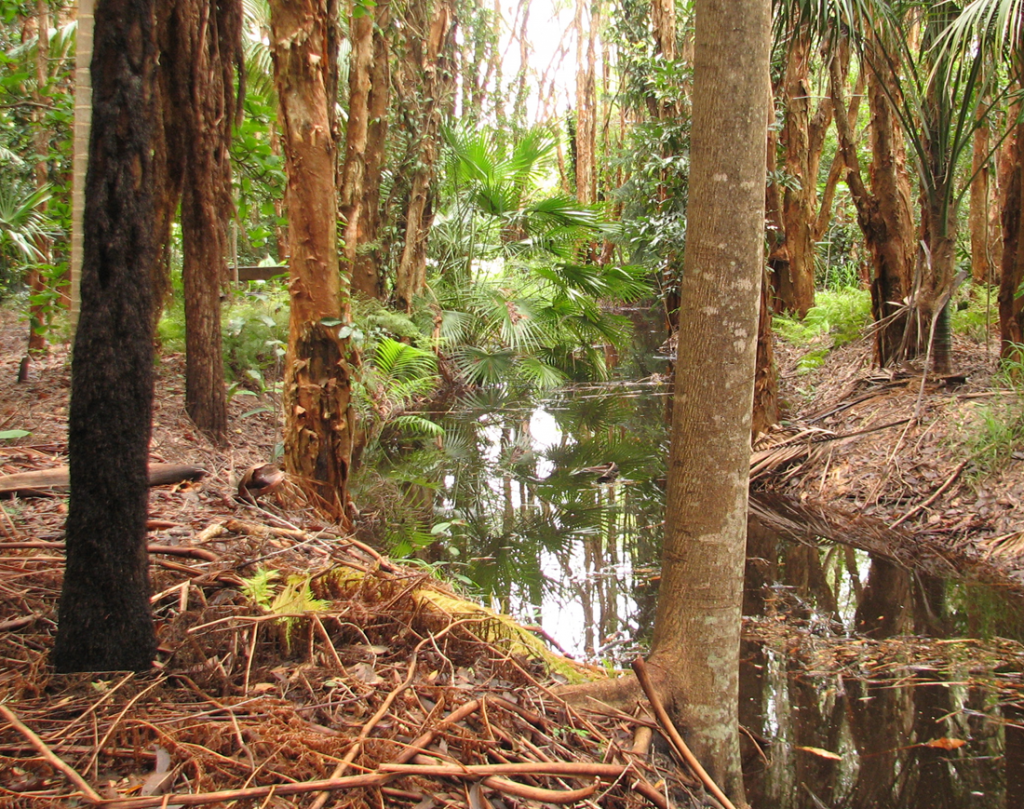
Book review from Wambaliman
I am thrilled to announce that Wambaliman have included a review of my recent book in their Winter 2020 issue (page 5). I invite you to read the entire newsletter here (PDF).
It is the humblest of people who usually surprise and impress me (perhaps all of us?) the most. Fraser Coast Branch member, Sharon White, who is a dear friend and ‘almost a neighbour’ on a 5-acre block in Dundowran Beach, is one of those hidden gems. We met fairly soon after we moved to Hervey Bay at much the same time, just over seven years ago.
I knew Sharon had been a wildlife carer before moving to Hervey Bay. What I did not know was that Sharon is a published author, with a fifth printing in a newly revised edition of her meticulously presented, stunningly illustrated, fascinating and important book, hot off the press – Caring for Australian Wildlife.
Wildlife rehabilitation is a specialist subject requiring knowledge and accreditation. But ordinary members of the public often find sick or injured critters that might need early intervention before an accredited carer can arrive. This book targets that audience but should have a broad readership among everyone with any interest in the environment. Chapter 1 of Sharon’s book provides a succinct overview of wildlife ecology including useful tips on attracting wildlife to your garden, while Chapter 2 looks at the effects of humans in creating the problems our wild-life is facing. The rest of the book focuses on the practicalities and principles of wildlife care, including ethical issues, and provides detailed guidance on rehabilitation for specific categories of wildlife, as well as some excellent appendices.
Wildlife rehabilitation may not be our Branch’s ‘core business’. We cannot do ‘everything’ so we leave the care and rehabilitation of sick and injured individual animals to those with the necessary skills and focus on wildlife preservation at the macro/species/ecosystem level through education, lobbying decision makers and trying to influence planning. But both roles are critical if our wildlife is to have any hope of surviving into the future.
Congratulations, Sharon, on your outstanding achievement in producing this beautiful and valuable publication! I commend Sharon’s book to you all.
– Vanessa Elwell-Gavins
—
CARING FOR AUSTRALIAN WILDLIFE
Revised Edition – June 2020
In Caring for Australian Wildlife, author Sharon White has written a practical guide for the management of sick, injured and orphaned native animals in Australia. This revised edition provides the most up-to-date information on caring for our native fauna.
The first part of the book incorporates the principles of wildlife care, touching on wildlife ecology and the importance of natural habitat. When native animals come into care, they usually require treatment for shock, so please don’t feed them. The first 24 hours of care are so important when looking after sick, injured and orphaned wildlife.
Find out how to:
- rescue a native animal safely
- handle a native animal securely and methods of transporting them
- provide first aid and emergency care to an animal in shock
- care for a native animal, including identification, food, housing and equipment
- release a native animal back into the wild
The second part of the book includes the rehabilitation of wildlife and provides de-tailed information on the specific needs of native animals in care, including
- Feeding tables for birds, possums, macropods, bats, reptiles and more …
- Growth charts for orphaned possums and macropods
- Specialised products and food mixes for wildlife
This comprehensive manual has a place in every home and provides a handy refer-ence guide for all wildlife emergencies.
Now available at the Hervey Bay and Maryborough Visitor Information Centres – cost is $29.95 or shop online.
